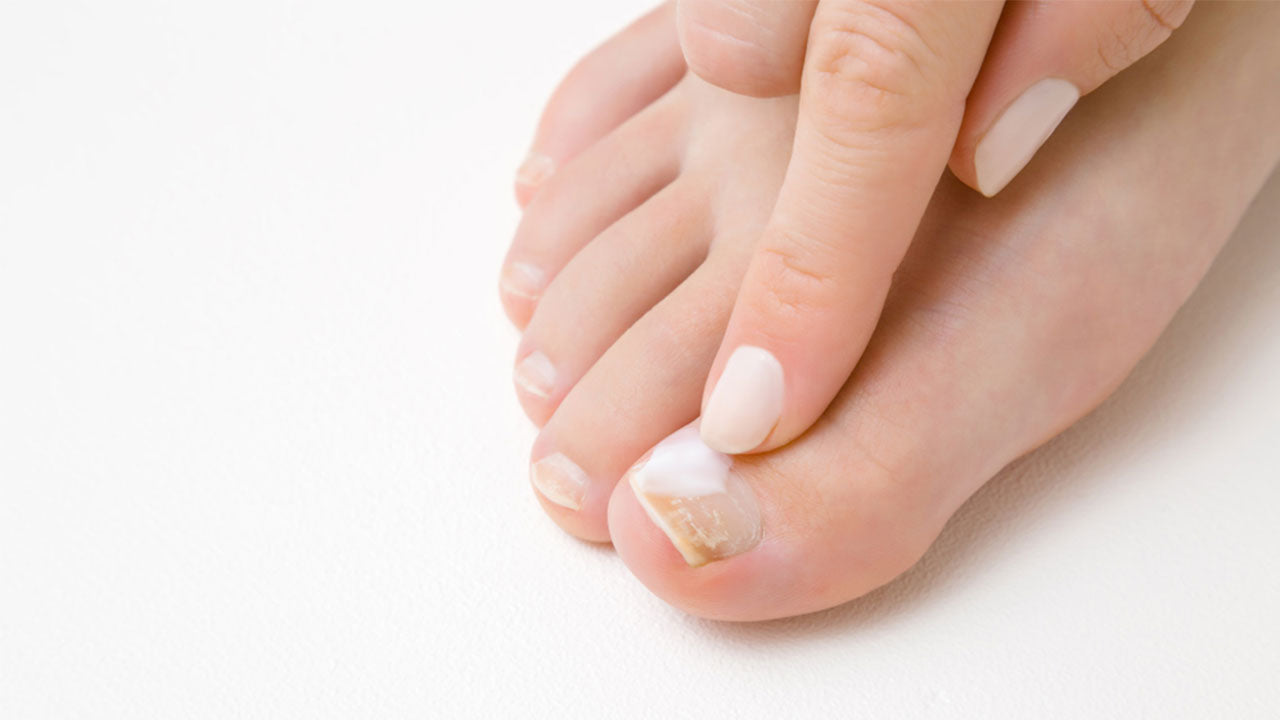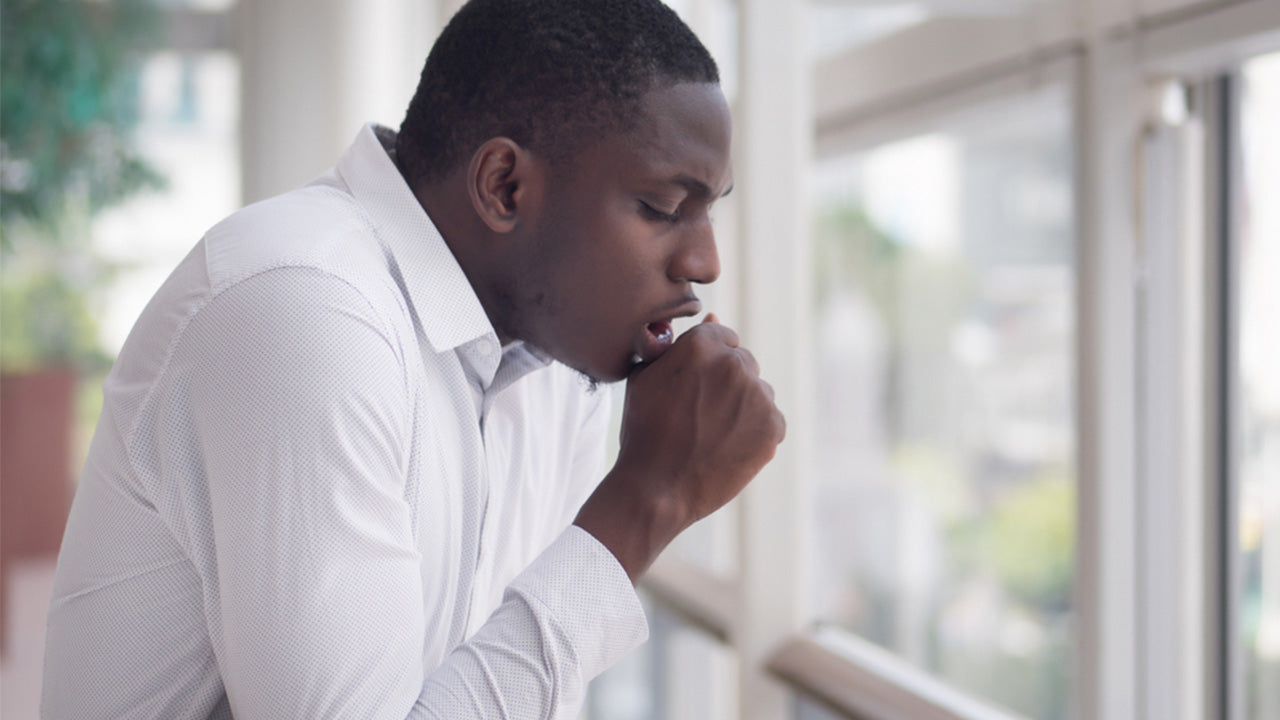Help, I Have Hemorrhoids!
 By: by Amino Science
By: by Amino Science

If you’ve ever seen bright red blood on your toilet paper or felt pain or itching around the anal area, you’ve probably experienced hemorrhoids. And if you have, you’re not alone. In fact, it’s estimated that about 10 million Americans experience hemorrhoids each year, and nearly three out of four adults will have the condition at some point during their lives.
If you’re suffering from hemorrhoids now or simply want to avoid them in the future, read on to discover the causes, symptoms, and available therapy for hemorrhoids and what you can do to prevent this annoying and sometimes painful condition.
What Causes Hemorrhoids?
If you’re like most people, you’re probably unaware that everyone has hemorrhoids. In fact, they’re a normal and healthy part of our anatomy.
You see, the word “hemorrhoids” actually refers to the cushion-like tissue that’s filled with blood vessels and lies just beneath the mucous membranes lining the lower rectum and anus. Together with the anal sphincter, this tissue helps control bowel movements.
But over time, this necessary component of our gastrointestinal tract has become synonymous with the swollen and distended veins we call hemorrhoids, or piles—the anal region’s answer to varicose veins.
Hemorrhoids usually occur when pressure increases in the veins surrounding the anus. And when pressure increases, blood flow is reduced, and the veins begin to swell. Common risk factors for this increased pressure include:
- Straining during bowel movements
- Constipation with hard stools
- Chronic diarrhea
- Prolonged sitting
- Lack of exercise
- Obesity
- Pregnancy
- Anal intercourse
- Low-fiber diet
Because the tissues around the rectum tend to weaken with age, hemorrhoids are more likely to occur in older adults.
Symptoms of Hemorrhoids
Hemorrhoids can cause a variety of symptoms, from barely noticeable to extremely painful, but the most common symptoms of hemorrhoids include:
- Painless bleeding during bowel movements, with bright red blood on the toilet paper or in the toilet bowl
- Anal itching, pain, swelling, or irritation
- Lumps or bumps near the anus
- Tenesmus, or a feeling of constantly needing to have a bowel movement
The symptoms felt with hemorrhoids also generally depend on whether the hemorrhoid is internal or external.
Internal Hemorrhoids
As the name suggests, internal hemorrhoids are located inside the lining of the rectum. These types of hemorrhoids aren’t usually noticeable unless they prolapse (fall down from their usual position) and push through the anal opening. When this occurs, symptoms may include pain, itching, and bleeding with bowel movements.
The severity of internal hemorrhoids is also sometimes graded on a scale of I to IV:
- Grade I: No prolapse is present.
- Grade II: Prolapse occurs, but the hemorrhoid goes back in on its own.
- Grade III: Prolapse occurs, and the hemorrhoid has to be manually pushed back in.
- Grade IV: Prolapse occurs, but the hemorrhoid can’t be pushed back in.
External Hemorrhoids
In contrast to internal hemorrhoids, external hemorrhoids are located under the skin, around the outer aspect of the anus. Symptoms of these types of hemorrhoids can include bleeding with a bowel movement, itching, or a noticeable mass at the anal opening. External hemorrhoids can also sometimes develop a blood clot. When this occurs, they become known as thrombosed external hemorrhoids and may cause severe pain and swelling near the anus.
Interestingly, when the blood clot within a thrombosed hemorrhoid is reabsorbed by the body and the hemorrhoid heals, it sometimes leaves a bit of residual skin behind where the skin was stretched out. This pinched up area of skin is known as a skin tag. Although skin tags may be bothersome, they’re completely harmless.
Diagnosing Hemorrhoids
If you have a thrombosed external hemorrhoid, your health care provider will be able to diagnose the condition by simply looking at it. Likewise, if you have internal or external hemorrhoids that have prolapsed into the anal canal, your health care provider will be able to feel them during a digital rectal exam.
However, internal hemorrhoids that have not prolapsed are so soft they may be missed even with the use of a rectal exam. In this case—and if your symptoms warrant—additional examination of the lower portion of the large intestine and rectum may be performed using various types of lighted instruments (anoscope, proctoscope, sigmoidoscope).
And if you have evidence of rectal bleeding or blood in your stool, a flexible sigmoidoscopy or colonoscopy may be performed to rule out other causes of bleeding, including colon polyps and cancer, especially if you’re over the age of 45.
How to Treat Hemorrhoids
If you have hemorrhoids, the good news is that home remedies are generally all that’s needed. Some of the most common methods recommended for treatment of hemorrhoids are:
- High-fiber diet: Eating more fruits, vegetables, and whole grains increases bulk and softens stools, helping decrease constipation and associated straining.
- Water: Drinking plenty of water decreases the dehydration that leads to hard stools and increased pressure on the rectum and anus.
- Topical treatment: A number of over-the-counter hemorrhoid creams, suppositories, and pads are available for reducing swelling and relieving pain.
- Warm soaks: Soaking the anal area for 10 to 15 minutes 2 to 3 times a day in warm water in either a bathtub or sitz bath, or hip bath—which can be performed using a device that fits over the toilet—can help hemorrhoids heal.
- Cold therapy: The use of ice packs or cold compresses can be effective in reducing swelling.
- Exercise: Moderate aerobic exercise, such as walking 20 to 30 minutes a day, can stimulate bowel function and help eliminate constipation.
In the case of a thrombosed external hemorrhoid that’s accompanied by severe pain, a prolapsed internal hemorrhoid that can’t be pushed back into the anal canal, or large or persistent bleeding hemorrhoids, an office procedure can be performed to treat the condition. These procedures include:
- Rubber band ligation: The most commonly used and effective procedure for hemorrhoid treatment is rubber band ligation, which involves placing a small elastic band around the base of the hemorrhoid, causing the hemorrhoid to shrink. Rubber band ligation typically requires two to four procedures, performed 6 to 8 weeks apart, to completely eliminate the hemorrhoid.
- Sclerotherapy: In this procedure, a chemical solution is injected into the hemorrhoid to shrink it. Sclerotherapy works by irritating the vein’s lining, which causes it to swell shut and block the flow of blood. Like rubber band ligation, several treatments may be required based on the size and number of hemorrhoids present.
- Coagulation: This type of procedure uses heat created by infrared light, laser, or electrical current to create scar tissue, which cuts off the blood supply to the hemorrhoid. The hemorrhoid then “dies,” and the scar tissue keeps nearby veins from bulging into the anal canal. Only one hemorrhoid can be treated with coagulation at one time, and the procedure has a higher rate of recurrence than rubber band ligation does.
For patients with large hemorrhoids that haven’t responded to more conservative treatment, surgical procedures may be warranted. These procedures include:
- Hemorrhoidectomy: Although various techniques may be used to perform a hemorrhoidectomy, in all cases, the hemorrhoidal tissue causing symptoms is surgically removed.
- Stapled hemorrhoidopexy: This less painful alternative to hemorrhoidectomy uses a stapling device to anchor the hemorrhoids in their normal position. Compared with hemorrhoidectomy, however, stapled hemorrhoidopexy is associated with a greater risk of recurrence and rectal prolapse.
Tips for Preventing Hemorrhoids
There are many steps you can take to prevent hemorrhoids from forming in the first place. As mentioned above, moderate exercise can stimulate bowel function, and eating a high-fiber diet and drinking plenty of water will soften your stool and increase its bulk so it’s easier to pass and puts less pressure on the rectum and anus.
And if you find it difficult to get enough fiber in your diet each day, you can also consider a fiber supplement. Both psyllium and methylcellulose have been shown to improve the pain and rectal bleeding associated with hemorrhoids.
In addition, studies have shown that the amino acid arginine has the ability to relax the internal anal sphincter, reducing pressure and increasing blood flow, which may be useful in the prevention of hemorrhoids. The most effective way to increase arginine production is to take an essential amino acid supplement enriched with citrulline, such as Life, The Amino Company's active aging blend.
Additional steps you can take to help prevent hemorrhoids include:
- Not straining when using the bathroom
- Using the bathroom as soon as the need arises
- Not sitting for long periods of time
The various tips and home remedies discussed in this article should be sufficient to treat and prevent the vast majority of hemorrhoids you’re likely to have the displeasure of contending with. However, if you’re experiencing painful hemorrhoids that aren’t responding to home treatment, don’t hesitate to speak with your health care provider about additional options.


Up to 25% off Amino
Shop NowTAGS: conditions
Join the Community
Comments (0)
Most Craveable Recipes




 833-264-6620
833-264-6620



















